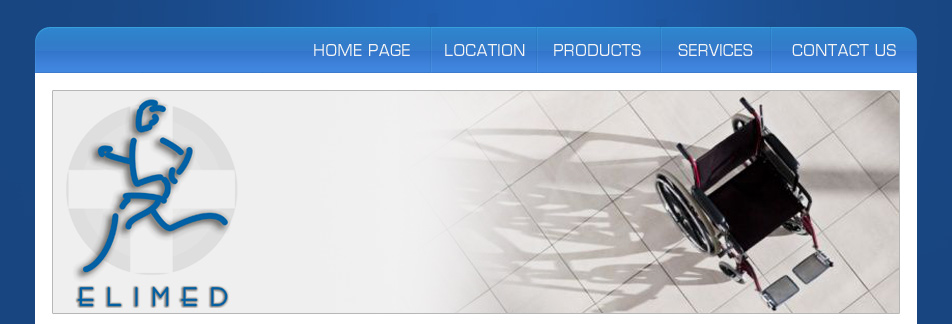Denervated M.
Current for denervated muscles or partially denervated muscles
The stimulation of a denervated muscle, as opposed to stimulation of a healthy muscle, is different because the muscle fibre must be activated by special currents.
When there is a traumatic lesion to the peripheral nerves the mesurement of cronassia values helps to establish if the level of denervation is scarce, partial or complete.
The aim of motor exciting treatment is to maintain trophism and limit muscular sclerosis to allow the muscle to be as functional as possible after the re-ennervation treatment programme, which can sometimes last for as long as a few months.
The efficacy of this type of treatment is very dependant on the correct imposition of the stimulation parameters; they must be very specifically defined for each individual patient and must evolve in time.
RECTANGULAR CURRENT
A rectangular current is characterised by a single rectangular pulse, which varies rapidly from zero to the maximum value to which it is set, for a duration which is equal to the duration of the impulse, from a rest period which corresponds to the time in which the muscle returns to normal. The rectangular form of the pulse causes the muscular contraction; the pulse duration determines the selective contraction of the denervated fibre and the medium zero value of the pulses (alternate polarity) avoids any ionization phenomenon on the skin.
Rectangular pulses are principally used on completely denervated muscles. The programme varies in accordance with the width of the pulse and the length of the rest period.
TRIANGULAR CURRENT
A triangular current reaches its maximum intensity value when set up on a linear ascension scale which, combined with relatively long duration pulses, provokes a valid contraction response of the denervated fibres (commanded by damaged nerves) without provoking any stimulus in the adjacent healthy innervated fibres. Naturally, it being a motor exciting current, the triangular pulse responsible for the contraction of the denervated fibre must be followed by a rest period in which the current is without value. The polarity of the pulses is alternated to avoid the phenomenon of ionisation on the skin.
The capacity of the nervous fibre for accommodating the slow increase of stimulus intensity and the lack of pain felt by the patient explains the use of the triangular current for the muscular stimulation of totally denervated muscles and partially denervated muscles. The selective stimulation of the fibres comes about without affecting the healthy nerved fibres, which can be the source of problems when using an alternated rectangular pulse due to the rapid increase of the pulsation. The programme varies in accordance with the width of the pulsation and the length of the rest period.
TRAPEZOIDAL CURRENT
Trapezoidal currents are used primarily on muscles which are only partially denervated. The programme varies in accordance with the width of the pulsation and the length of the rest period.
|



